No matter what I write about London’s many Indian restaurants, I always manage to offend somebody. I wrote once that most Indian restaurants in Britain were run by Bangladeshis from the Sylhet district. Instead of serving the wonderful cuisine of Bangladesh, I lamented, these restaurateurs served a made up British-Indian cuisine full of bogus Madras curries, vindaloos that Goans would not recognise and luridly-coloured Chicken Tikka Masalas that no self-respecting Indian would eat.
Fair enough, right? They are cooking for Brits, not Indians (and possibly, not even other Bangladeshis) so why should they be expected to make food that Indians would like? It is like expecting our Chinese restaurants to stop serving Chicken Manchurian because nobody in say, Chengdu or Hainan would recognise it.
Not fair at all, said many angry Bangladeshi restaurateurs. I gather some local restaurant association even passed a resolution condemning me, a letter of protest was dispatched to the HT, and BBC Radio asked me to face off against a restaurant owner from the Midlands who said, in his defence, that his restaurants (and others like them) were very popular. Well yes, my point exactly. Many ‘Chinese’ restaurants are popular in Ludhiana. But that doesn’t mean that Chinese people would regard their food as authentic. (Or even as Chinese!)
Then, I got slammed by the guys at the top end of the market.
I wrote that too many upmarket Indian restaurants in London needlessly Frenchified their food, adopting European styles of presentation and plating, which did a huge disservice to real Indian food, where it does not matter if you put the curry under the mutton chop or whether you pour it on top after the dish is served. Indian food is about flavour, not about presentation.
Besides, I added, much of the food at these expensive places was not very good anyway. But the chefs were aided and abetted by the Michelin inspectors who know their French food but have zero understanding of Indian food.
I said all this at a time when the London chefs were very pleased with themselves. They bragged about the provenance of their ingredients, the subtlety of their gravies, the brilliance of their innovation and so on. Many of them genuinely believed that London was the capital of Indian food, grandly dismissing the sub-continent’s hundreds of thousands of restaurants with a wave of their belans.
So, as you can imagine, they were not pleased with my comments. Some protested so vociferously that my old friend Bruce Palling, who understands Indian cuisine having lived in Delhi for many years, was moved to write an entire article about the uproar.
I don’t really mind. I don’t care if I never eat another ‘Madras curry’ in the Midlands. And the best thing that can happen to a plate of a Frenchified, poncy Rogan Josh is that it slips out of the waiter’s hands before it gets to my table.
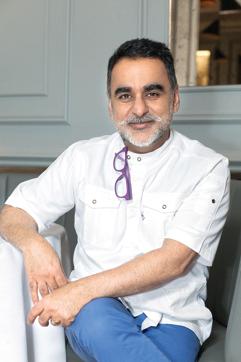
But, for the record, my views are not as extreme as they have been made out to be. When I say that Delhi has room for both Moti Mahal’s ‘Chinese’ menu and China Kitchen, the guys at Moti Mahal don’t come at me with their meat cleavers. So why are the curry house guys in the UK so sensitive?
There is enough room for their so-called vindaloos and for real Indian food.
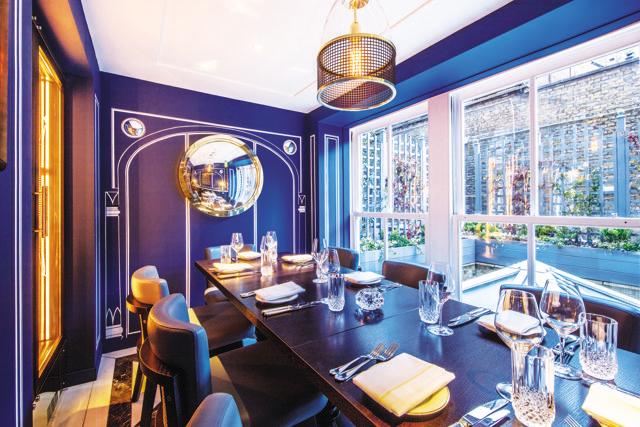
But yes, I do loathe many of the more expensive London Indian restaurants. Nevertheless, I have genuine admiration for some of them. I was an early champion of Vineet Bhatia, the first Indian chef to get a Michelin star. I have loved Cyrus Todiwala’s food from long before he became a TV star. My friends Namita and Ranjit Mathrani and Camellia Panjabi (Namita’s sister) run outstanding Indian restaurants. One of the best formal Indian meals I have had in London was at the St. James’s avatar of Chutney Mary. Though the Mathrani/Panjabis have Michelin stars for both Amaya and Veeraswamy, Chutney Mary is always ignored, an injustice that Michelin does nothing to rectify.
But I suspect that the debate about whether London is really the capital of Indian food now just seems silly. At a time when Gaggan Anand, who has utter contempt for the Frenchification of Indian food, is the leading Indian chef in the world (and Asia’s best, four years in a row) nobody really has any time for the London chefs and their fancy plates. The real action in the Indian food space is happening in India where such restaurants as Indian Accent, Farzi Café/Masala Library, Bombay Canteen, O Pedro and Avartana are leading the way.
And even in London, the old Frenchified ways are fading. The new Indian places are relaxed, informal and the food is fun. I am ashamed to say that I have not eaten at any branches of the Dishoom chain. (They don’t take bookings, are always packed out and when you have three days in London, it is hard to tell yourself that it is worth queuing for 45 minutes to eat a keema pav, which you could get at home.) But I have heard only good things about the Dishooms.
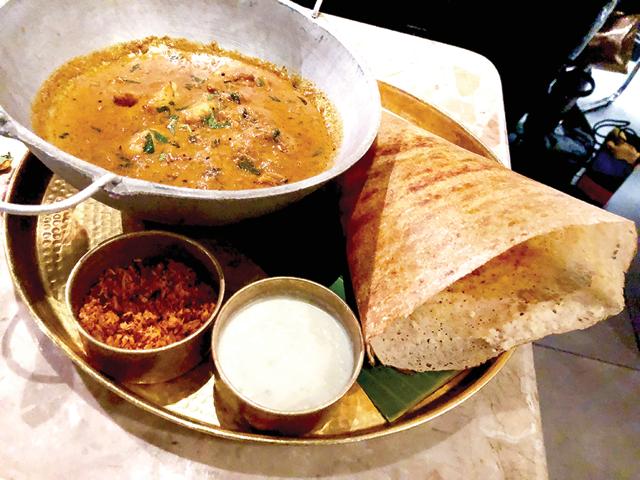
Then there is the sensationally successful JKS group run by the Sethi family, who I wrote about on these pages a couple of months ago. Their flagship is Gymkhana, London’s most successful Indian restaurant, where the food is authentic and excellent.
The Sethis also run the two Hoppers (one of which takes bookings), casual informal restaurants, which serve Sri Lankan/Malayali food in relaxed surroundings at reasonable prices. The chef, Renjith, and the accomplished general manager, Savio, both come from India.
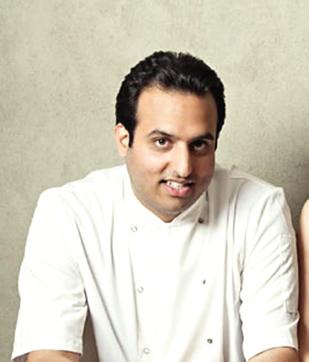
We have nothing like Hoppers in Mumbai or Delhi (and I so wish we did). Each time I get off the Jet Airways evening flight from Delhi to London, I head for Hoppers where Savio knows, even before I have ordered it, that I will have the bone marrow varuval.
The success of the Sethis – their newest Indian restaurant, Brigadiers in the financial district, is their most adventurous in food terms – demonstrates how quickly the London market is changing and how the old Mayfair big names are in danger of extinction. Indian food is fun now. I liked Kricket, a small counter-based restaurant run by two Brits who worked in Mumbai and I am not alone: The Bengaluru-based chef Manu Chandra is the man who urged me to go there.

And then there are the ‘Indian’ Indian restaurants. At Quilon, run by the Taj, the food is so good that you could be at Bengaluru’s Karavali. (Sriram Aylur, the chef, was the brains behind Karavali.) Manish Mehrotra has brought Indian Accent to London and though the food is wonderful, they need to lighten up the image; too many punters think of it only in terms of long tasting menus. (Manish did not get a Michelin star this year, which demonstrates how clueless the inspectors are.)
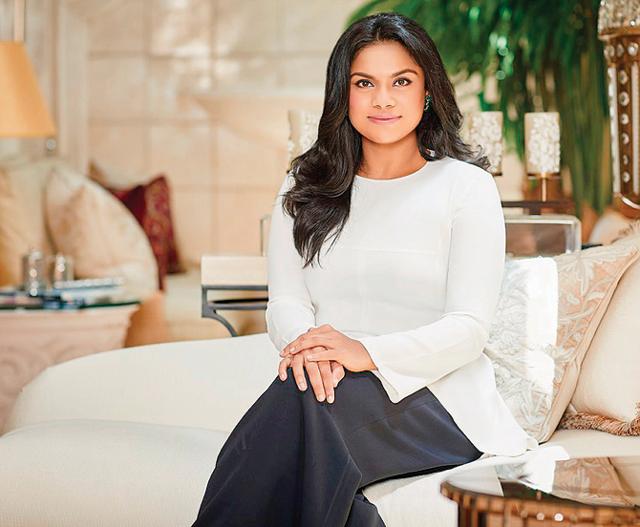
Indian Accent did get the highest rating from The Evening Standard’s Fay Maschler, who can make or break any London restaurant. Fay also loved Jamavar, the London cousin of the Leela’s group’s Indian Jamavars.
The London Jamavar is run by Samyukta Nair, granddaughter of the group’s founder, with flair and verve. The chef is an old Leela hand, Surinder Mohan. He was on top form when I ate there last week and nearly all of the food was authentic and tasty: adraki lamb chops, a spicy purdah biryani, a memorable haleem and great shammi kebabs.
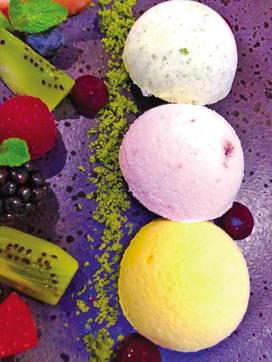
I went for Monday lunch and the place was packed. (Samyukta also runs the more casual Bombay Bustle, which I have yet to visit.)
And then, there is Rohit Ghai, London’s newest hot Indian chef. Rohit worked with the Taj in Gwalior and made his name with the JKS group and with Samyukta’s Jamavar. Now, he has opened his own place called Kutir in Chelsea in a site that was once Vineet Bhatia’s Rasoi.
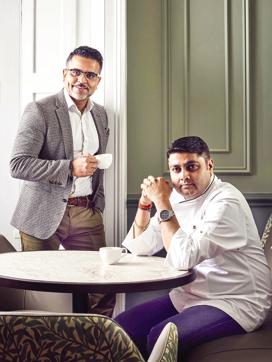
I went for lunch with a large-ish group (including Fay Maschler who had booked under a false name) and we tried Rohit’s latest offerings. Many of the dishes were terrific: a great khichri with mushrooms (it was 60 per cent dal to 40 per rice), interesting dhoklas, superb venison, a delicate duck korma and much more. Only a nargisi kofta did not work. Rohit and his partner Abhi Sangwan (who once handled front of the house at Jamavar) say they have launched Kutir on their own, which is great because we need more professionals who are willing to take risks.
I hope I don’t create another controversy by saying this. But London has finally got to the stage where I would voluntarily go out for an Indian meal rather than French/Italian/Spanish etc. So no, it is not and never was the capital of Indian food. But you can now get a decent Indian meal there.
From HT Brunch, December 30, 2018



